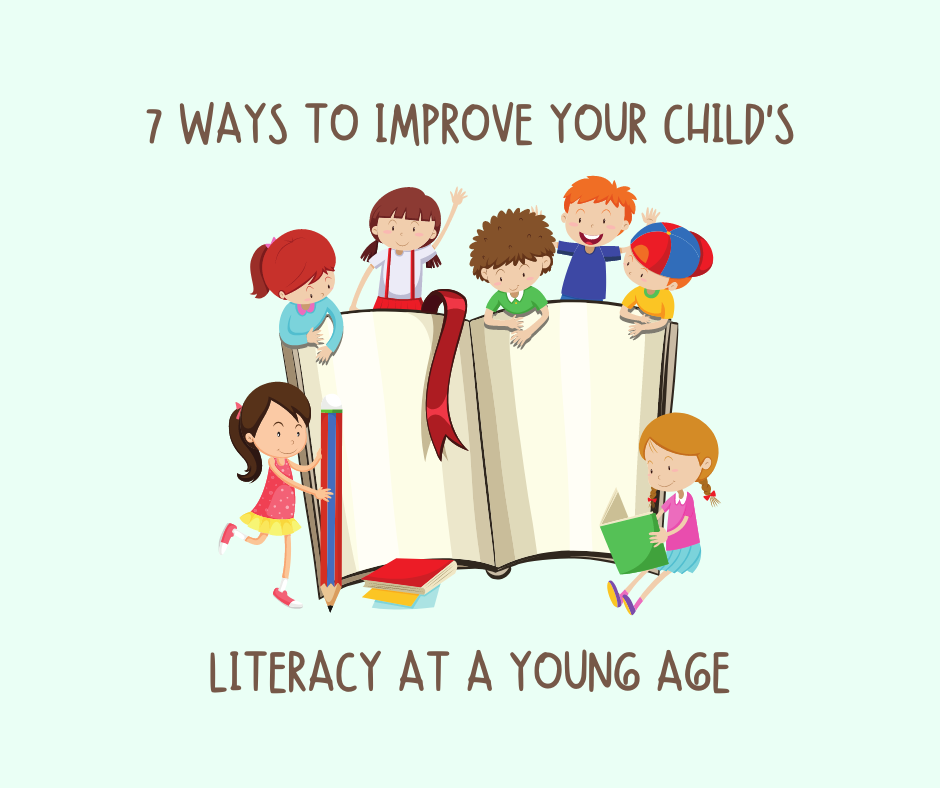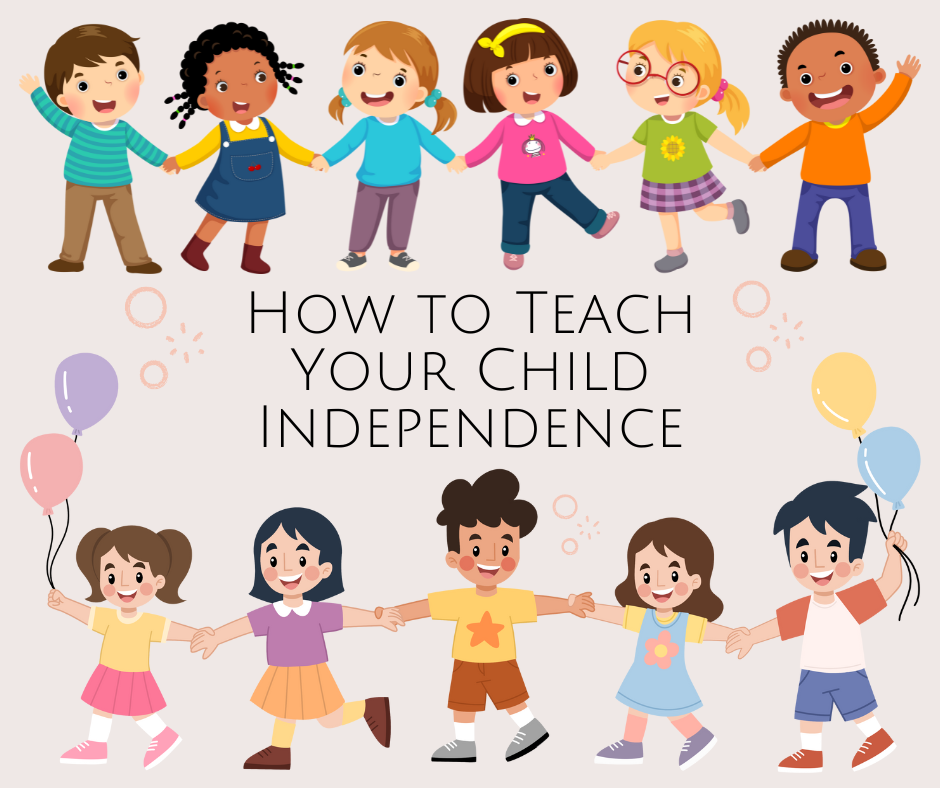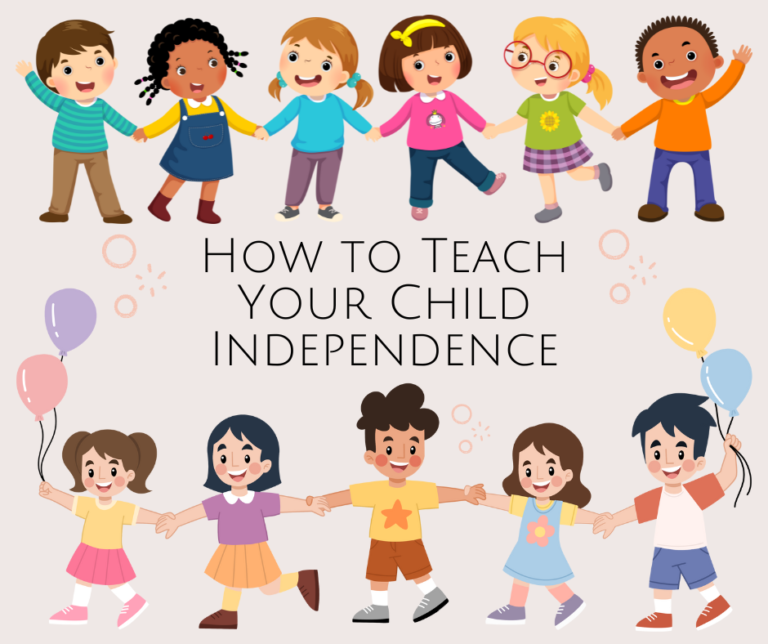When your baby first comes into the world, to improve your child’s literacy would probably be the last thing on your mind. Between soothing their cries, changing their diapers, nursing them, and praying for a good night’s sleep, their future reading and writing skills seem like a problem that can be tackled years from now!
However, you shouldn’t wait until they start going to school before teaching them the basics of reading and writing. You can easily do that at home and make them adequately prepared for when they do start school. This also helps recognize signs of childhood dyslexia early so you can make the right adjustments for your tot.
Don’t worry, it’s easy. It’s all about exposing them to language. You want them to recognize that people are speaking to one another, that the curves and lines they’re looking at form a word, and that they, too, can try to formulate their thoughts.
Let’s look at how you can improve your child’s literacy at home!
1. Talk to Them Like You’re Having a Conversation
It’s so tempting to start speaking in baby talk when you’re with your kids, but unless you want them growing up speaking baby talk too, you’d want to start speaking to them like you would a grown-up. This will help your kids understand flow and cadence, expose them to new words and phrases, understand the meanings of words, and much more.
Having this understanding will be so helpful when they start reading and writing in preschool. The words will already be in their head—now, they just have to make them tangible! Who knew you could improve your child’s literacy by simply talking to them?
2. Make Them More Aware of Letters and Words
The first part of learning to read and write is being aware that there are things to read and write. So, draw their attention to words you want them to remember. The most common starting point, of course, would be their name. Point to items that have their name on them, being careful to enunciate every syllable. Repeat often so your child starts associating the word with the sound and look of it.
Your child might even ask you how to say a certain word. That means they’re learning! Be patient with them and answer every question.
3. Show Them the Importance of Writing
Your children are probably not going to be drawing beautiful pictures or writing stories for a long while. But, that doesn’t mean they can’t start practicing now. Give them some crayons or pencils and let them scribble away, preferably with some paper so they don’t go ruining your walls. This will allow them to use their imagination and also teach them how to hold a writing device.
Another way of showing them how writing is fun is to do a lot of writing yourself. Make an effort to write grocery lists, jot down phone numbers, write birthday cards to grandma, or even just color on their coloring books with them.
4. Read Them Bedtime Stories
Many of us have fond memories of our parents and guardians reading us stories before bedtime. It is an affectionate bonding experience that also helps improve their reading and writing potential. By exposing them to stories they love at an early age, they can understand how texts have valuable meaning and encourage them to create their own stories through reading and writing in the future.
5. Show Them the Importance of Reading Books
When you start having children, you realize that items you truly value like your phones, laptops, and other expensive items should be kept well out of reach from grubby, little hands. That’s because children tend to manhandle things, bite into them, and stain them with mud or food!
As much as possible, you should show your kids how to handle books with care. The earlier, the better. You need to show them how to hold books properly, how to know which way is up, how to turn the pages, and more. The best way to do this is by doing it yourself. Children love mimicking their parents and guardians, so if they see them taking care of their books, they’re likely to do it too!
You can also have your children read to you. Give them your full attention—even when the story doesn’t match the book—so you can show them how much appreciative you are of them reading.
6. Build Their Phonological Awareness
Phonological awareness is the ability to recognize that words are made up of letters or sounds. For example, it’s knowing that the word book can be organized into syllables (book), onsets and rimes (/b/ and /ook/) and by phonemes (/b/, /oo/ and /k/). It helps us recognize that a combination of letters and sounds forms one idea!
One of the best ways to do this is by buying the right books. You should look for books that like to rhyme words like The Cat in the Hat. To look for patterns, you should also go for books that repeat themselves like Brown Bear, Brown Bear, What Do You See?
7. Don’t Be Too Serious
Please don’t be a tiger parent, especially not this early in their childhood when they can’t even read or write yet. Tiger parenting has been known to cause mental illnesses and instability such as depression, anxiety, and others. This is because children struggle with their parents’ unrealistic expectations. This can also cause problems with their self-esteem. They start equating their self-worth with how well they do in academics.
Let your child enjoy their childhood before being bombarded with the stresses of school! They have plenty of time to improve their reading and writing skills. So, if they don’t pick up what you’re trying to teach them as quickly as you’d hope, remember that they’re just children.










